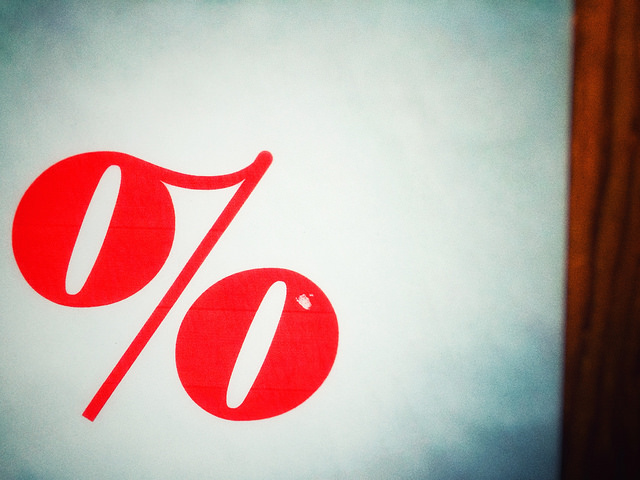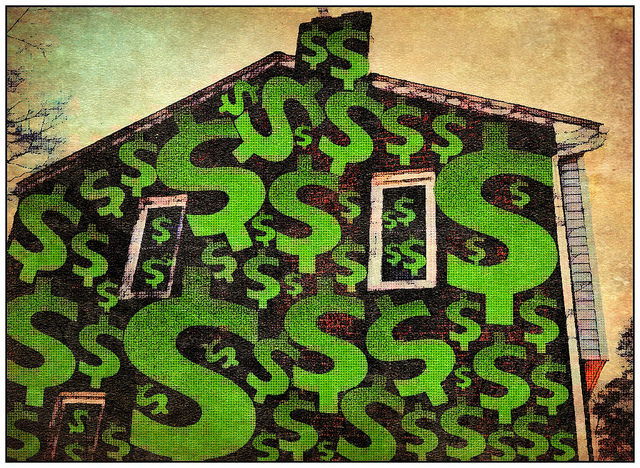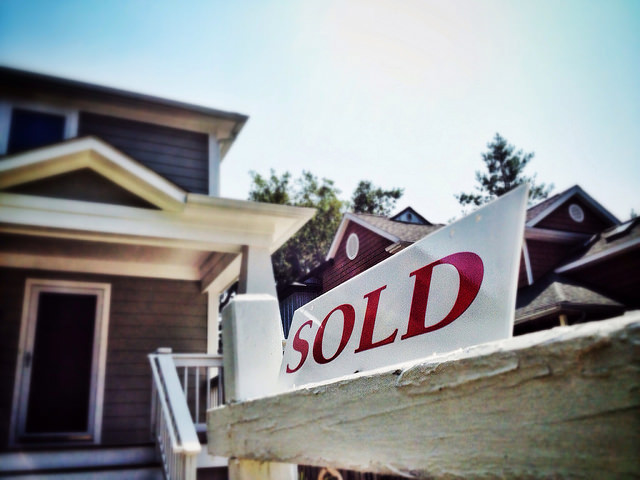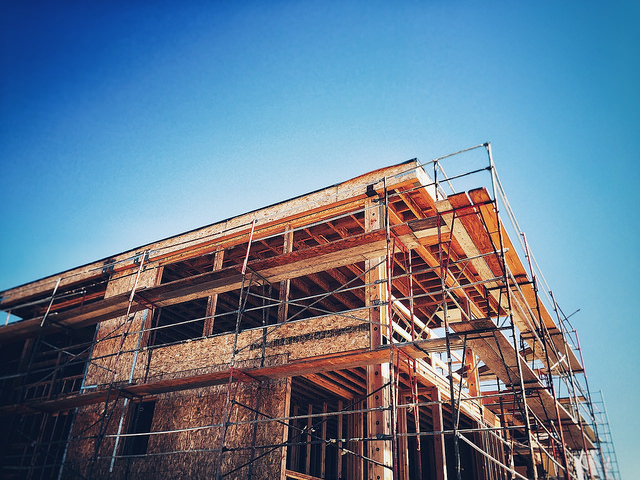Despite rising prices and higher mortgage rates, an analysis of homes sold during the final quarter of 2016 found that 59.9 percent of both new and existing homes were affordable to a family earning the median income of $65,700. The numbers – from the National Association of Home Builders Housing Opportunity Index – show that the majority of homes available for sale are still within reach for Americans hoping to buy this year. Robert Dietz, NAHB’s chief economist, says buying remains an affordable choice, despite the fact that affordability conditions fell slightly from the previous quarter. “Affordability remains positive nationwide even as demand is outstripping supply in many markets,” Dietz said. “Though mortgage rates are rising, incomes should rise faster as well, helping to keep home prices affordable.” The report found the national median home price increased to $250,000 in the fourth quarter, up from $247,000. Still, a stronger job market and rising wages should help offset the effects of higher prices and rising mortgage rates. In addition, builders remain confident that the market will continue to improve this year, which could lead to more new homes being built. As more homes become available for sale, price increases should begin to moderate, which would help improve affordability conditions even further. More here.













